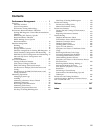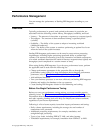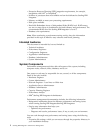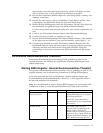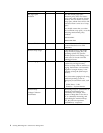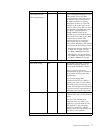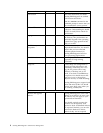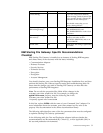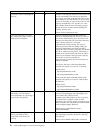v Enterprise Resource Planning (ERP) integration requirements, for example,
integration with SAP
®
or PeopleSoft
®
.
v Number of processors that are available and can be dedicated to Sterling B2B
Integrator.
v Memory available to meet your processing requirements.
v Disk space available.
v Hard disk Redundant Array of Independent Disks (RAID) level. RAID arrays
use two or more drives in combination for fault tolerance and performance. The
recommended RAID level for Sterling B2B Integrator is Level 5.
v Database size requirements.
Note: When conducting a performance tuning activity, keep the information
provided in this topic at hand for easy reference and future planning.
Intended Audience
This document is intended for, but not limited to:
v Technical Architects
v Performance Engineers
v Configuration Engineers
v Application Administrators
v Database Administrators
v System Administrators
System Components
Performance management activities affect all aspects of the system, including
computer nodes, network, disks, database, and so on.
One person or role may be responsible for one, several, or all the components.
Some of the roles include:
v Hardware Engineer
v System Administrator
v Network Engineer - Local Area or Wide Area
v Application Server Administrator
v Database Administrator
v Capacity Planning Engineer
v Performance Analyst
v IBM
®
Sterling B2B Integrator Administrator
Performance management documentation includes the following information:
v Background information about the different performance and tuning issues
when running Sterling B2B IntegratorSterling B2B Integrator.
v Step-by-step information that helps you:
– Optimize the performance.
– Diagnose and resolve performance issues, if any, to suit your environment.
You can work through most performance and tuning issues using the following
tools:
v Properties file settings, which you can access through the properties directory in
your installation directory.
2 Sterling B2B Integrator: Performance Management







